Membership Directory: Why Your Organization Needs One (and How to Create Yours!)
A membership directory is the #1 way to accomplish what your association does best: keep your members connected to one another and you.
In this article, we’ll touch on what a member directory is, how it can help your association, what type of information should you include in a membership directory, how you can create one, and several platform options for you to choose from.
What is a Member Directory?
A member directory, or member list, is a list of all members of your organization. Depending on how your organization sets up membership, you can allow free access to your member directory or gate it behind a paywall (or a members-only portal).
Your association’s membership listing is a centralized resource of contact information and membership status. Members can refer to these membership lists when seeking to connect with others within the same organization or community, and it can also be used by those outside your organization to find a professional or contact for other reasons (jobs, events, etc.).
Member directories come in multiple formats, and we’ll discuss that in a moment! Some popular options include putting up your membership directory on your website…
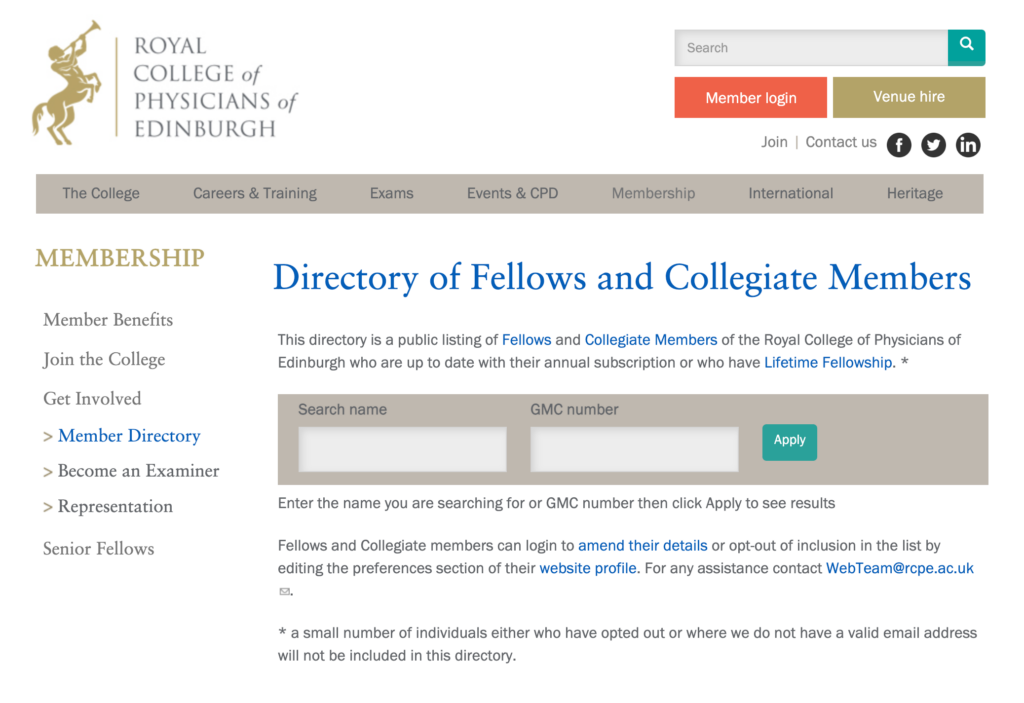
…or hosting it via a mobile app:
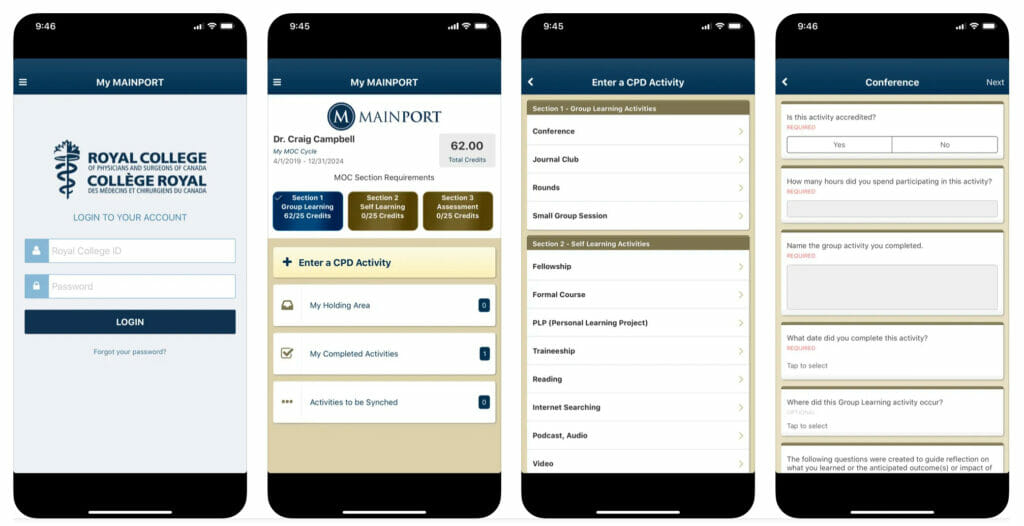
What is the Purpose of a Membership Directory?
Membership directories help your organization in multiple ways:
Providing networking opportunities
Most of the time, members join a community or association for the networking opportunities. In fact, the 2023 Membership Marketing Benchmarking Report states that 64% of associations believe members join to network with others in the field.
With an association directory, your members can easily find and connect with others. Obviously, this is really useful for networking for business, social events, and driving member engagement.
Sharing contact information
Your member directory is, at its core, a list of members. No matter what type it is, your membership directory makes it easy for members to find others’ contact info, like phone numbers, email addresses, or social media accounts.
Boosting online visibility
Did your organization record an increase in new member acquisitions in the past year? According to the 2023 Membership Marketing Benchmarking Report, 50% of associations reported an increase in new member acquisitions, up from 44% in the 2022 report!
With all those new members, you need a way to centralize your membership’s success and make it a part of your association marketing strategy. Your membership directory can:
- Advertise the perks of membership
- Present your data—how many members do you have? How has your community grown over the years?
- Call out member accomplishments
Verifying membership
You can use your member directory to validate the authenticity of members, ensuring that not just anyone can claim to be a member of your organization.
Supporting admin & staff
As your organization grows, your staff needs to work with an increasingly large amount of data. With a member directory, your staff can easily manage member info or set up communication channels between members.
Helping members grow their business
For professionals and businesses, being part of a member directory can widen their network and lead to new opportunities—whether it’s obtaining a business partner or getting new customers. This will ultimately help their business grow and thrive, and improve their member experience.
One important note to keep in mind: privacy concerns.
You need to strike a balance between providing valuable information and respecting members’ privacy. Make certain data optional so members have a say in what information they want included in their profile and who can see it.
You should also have policies in place to protect members’ data in case of data leaks or breaches!
What Information Should a Member Directory Include?
So what kind of information should you include in your member directory? Here’s a list of the most common options:
- Name
- Contact info (phone, email, etc.)
- Organization or affiliation
- Profile picture or company logo
- Location
- Short bio
- Social media
- Membership type
- Website
- Join date
- Areas of expertise
- Committees or affiliations
Note that not all of this information is required! Organizations can choose to include as much or as little information as they want. And to reiterate—you need to take members’ privacy into account! Make sure members have the option to choose which information they want to include and who can see their info.
Types of Member Directories
Membership directories come in various forms depending on your needs! Let’s take a look at some of them:
Printed
Printed directories are the traditional type of member directory. They’re typically distributed to members at meetings, events, or sent in the mail. The American Medical Association (AMA), for example, first published their AMA directory in 1906 and has been doing so every couple of years up to the present. But a printed directory is hard to access, update, and scale!
Shareable spreadsheet
Spreadsheets like Excel or Google Sheets are easy to create, share, and update. Members can be given access to the document so they can update their own information or view other people’s info. Plus, these platforms are free, so this is a quite popular option for organizations on a budget!
Website
More and more organizations have moved on to an online member directory accessible via their association’s website since it’s one of the main ways new members get to know about them. Plus, with an online membership directory, organizations can incorporate their branding and additional features like search, filtering, or social media integration. With a member portal, members should also be able to update their own profile—saving your staff time and energy.
The Chamber of Commerce of Great Kansas City, for example, allows people to easily browse and search within their online member list by typing a name, category, or keyword:
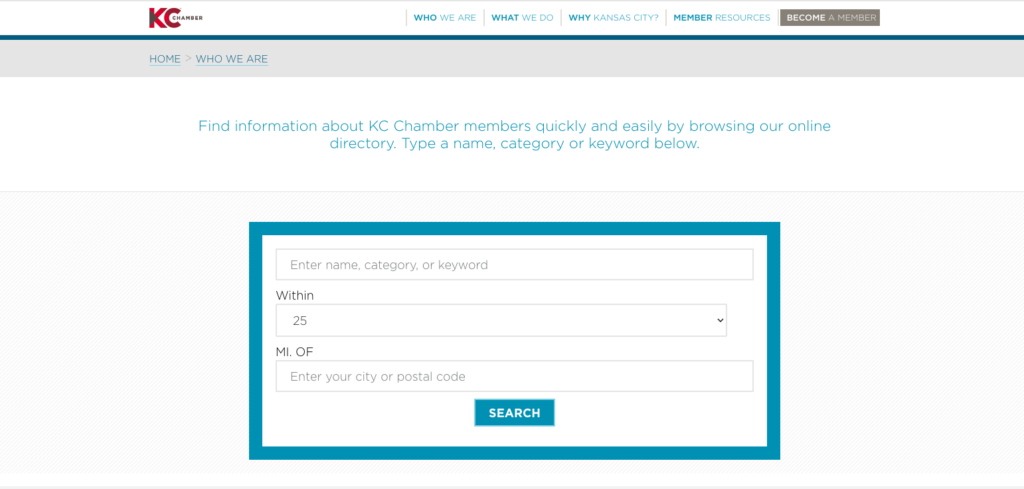
They also have an online print directory, if you want to check it out!)
The American Psychological Association (APA) also has a member directory on its website, exclusive to APA members and its affiliates:
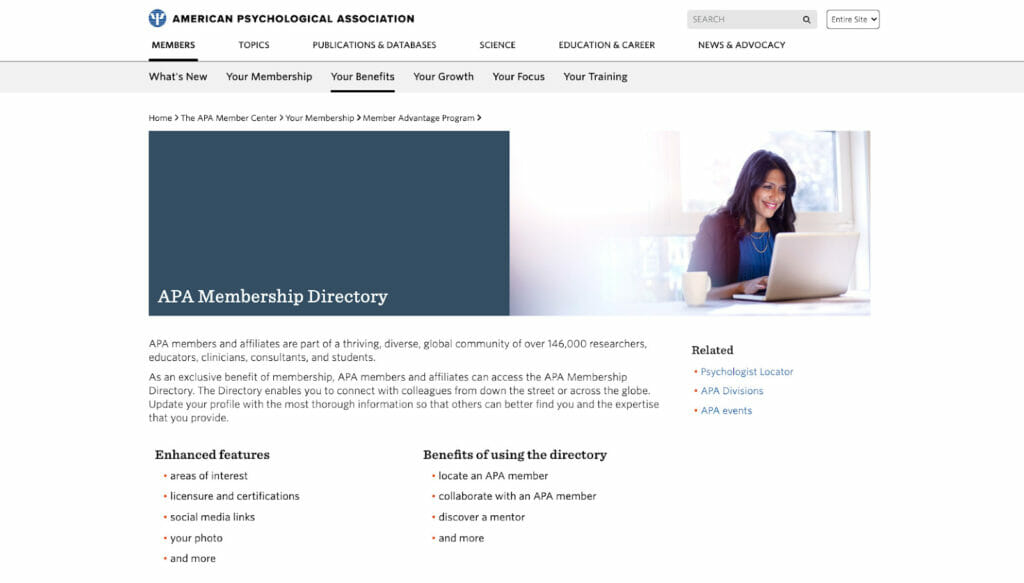
Mobile app
Organizations can choose to host their membership directory on a mobile app as well. This comes with multiple benefits:
- Mobile apps provide on-the-go access to directories, making networking much more convenient
- Mobile apps, especially event member directory mobile apps, can include features like push notifications or event registrations
Organizations can use a third-party mobile platform like Slack or Discord for its membership directory, or create their own. The Canadian Medical Association (CMA), for example, has a mobile event app where members can:

- Find and connect with other event delegates
- Learn about the event program and event speakers
- Receive important updates and messages
- And more
Social media groups
Social media is also an option as organizations can create social media groups or pages for members to connect and interact. You can set your groups to be private if you want to regulate the people joining! The National Association of Realtors (NAR), for example, has a private Facebook group for its members:
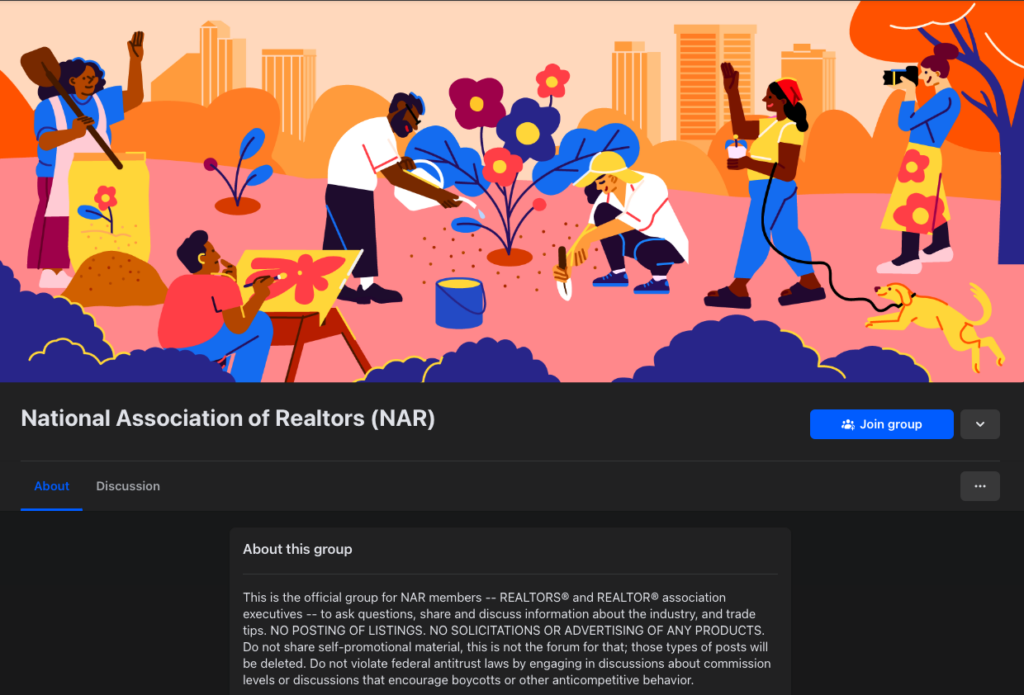
Portal or Members-only
A portal or members-only section of a website can be used to house a member directory. This can be a good option for organizations that want to keep their member directory private. Remember the APA’s membership directory page? It’s exclusive to its members and affiliates. Another example: the American Bar Association (ABA) has a members-only section of its website that includes a member directory.
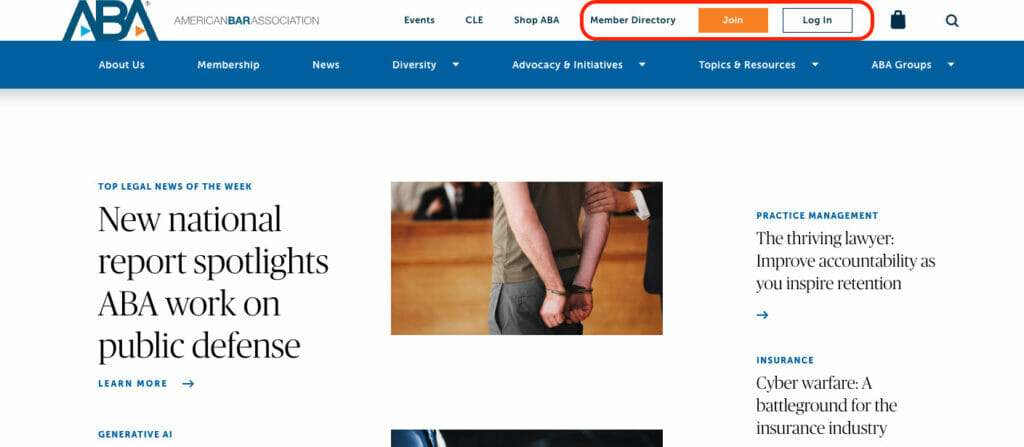
How Do I Create a Member Directory?
Ready to learn how to create a member directory for your organization? Follow these six simple steps:
- Choose your platform
Choose a platform that meets your specific needs and budget. Do you need a spreadsheet, a website, or an association management system (AMS)? Consider factors such as the size of your membership, the type of information you want to include, and the features that are important to you.
- Set up your data
Gather the information that you want to include in the directory, such as name, contact information, organization or affiliation, picture, and bio. You can use a spreadsheet and form, AMS, or CRM system to organize your data.
- Implement your tech
If you’re creating a website or mobile app, you’ll need to choose a platform and implement the necessary technology. Need some inspiration? Check out our post on the 17 features you need on your association websites to attract and retain members.
- Import your member data
Once you’ve chosen a platform, start importing your member data. If you’re using a spreadsheet to host the data, you can typically export it as a CSV file and import it into your platform.
- Create member directory onboarding
No matter which platform you use for your member directory, always make sure there’s proper onboarding for members. You don’t want people getting dissatisfied because they can’t find the person or the resource they need! Create a process for new members to join the directory and update their information. You may also want to create a tutorial for members on how to use the directory.
- Continue to recruit members
Once you’ve created your directory, let your members know about it! Encourage them to join and update their information regularly. You can promote your directory through email, social media, and your website. Or if you organize association events regularly, you can let people know about your member directory there too!
Speaking of events…
Bonus: Event Member Directories
Event member directories can help attendees connect with each other, find contact information, and learn more about each other’s areas of expertise. This can facilitate networking and collaboration among attendees at your major events, or at online events throughout the year!
To create an event member directory, you can use a software solution like EventMobi.
First, you’ll want all your registered members to be organized as a “member” attendee type. Then you can provide member-specific content and encourage networking between members at your event! They can explore features like:
- Customizable personal profiles
- Group discussions
- Appointment booking
- Private 1-to-1 chat
- Live activity feed

Contact us if you’d like to improve member networking at your next event–and build a stronger event community!
5 Member Directory Software Solutions
If you want to host your association’s directory using a software solution, picking the right one is essential! Here are our top recommendations:
Best for Events: EventMobi

EventMobi is an all-in-one event management platform that offers a variety of features, including a member directory. With EventMobi, you can create attendee types and assign attendees to specific types. This makes it easy for attendees to find other members who share their interests or expertise! EventMobi also offers a number of other features that are beneficial for events, such as event registration & check-ins, networking tools, and branded mobile apps.
Best for WordPress Sites: WildApricot

WildApricot allows organizations to set up searchable online member directories whether they’re public or private. You can build your website right within WildApricot, or create your member directory in WildApricot and embed it into your website. WildApricot also offers some other features like email marketing. For this reason, WildApricot is a great choice if you want to set up a member directory on your WordPress site.
Best for Chambers: GrowthZone/ChamberMaster
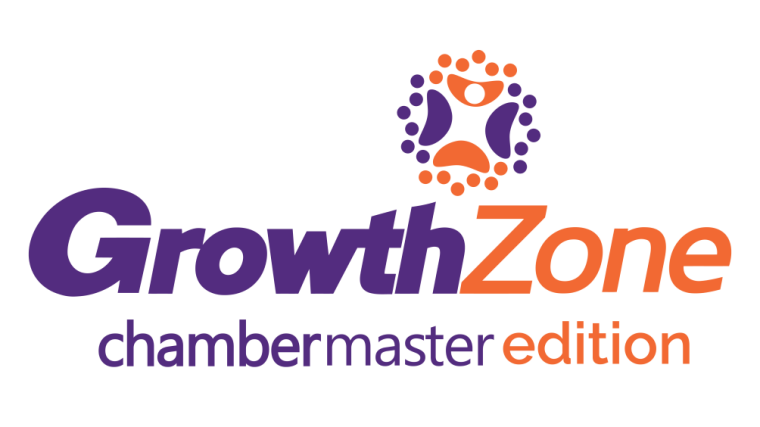
As you can tell from the name, GrowthZone/ChamberMaster is tailored to the needs of chambers. This platform includes features such as member management, contacts, lists/committees, web content management, and more.
Best for Customization: Tendenci
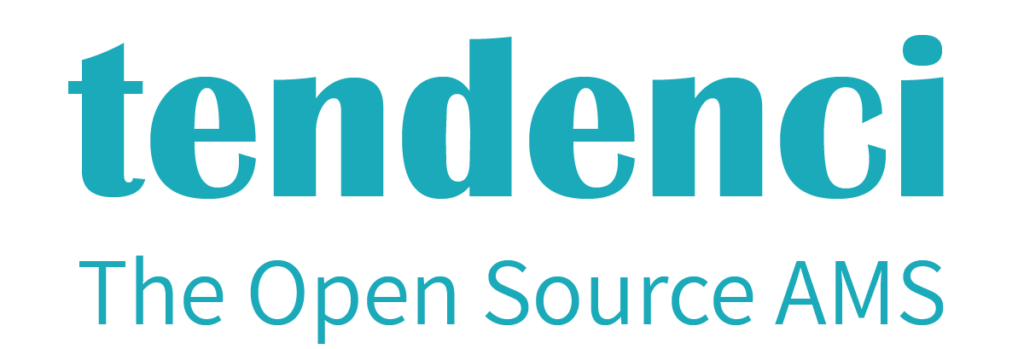
Tendenci is an open-source membership management platform designed for nonprofits and associations. With Tendenci, you can mix and match the features you need to create your own app platform, such as membership management, business directories, community forums, and so on.
Best for No Budget: Google Forms + Sheets

And yes, the good ol’ Google Forms and Sheets combo. This is a good option for organizations with a limited budget. To create a member directory with Google Forms and Sheets, you can create a form to collect member information and then use Sheets to organize the data. You can then share the Sheets spreadsheet with members or publish it to your website.
Pick EventMobi If You Need a Membership Directory for Your Events
A membership directory is a great way to help your organization or association thrive. If you’re considering creating a member directory, be sure to look into different options to choose the best one that fits your needs and budget!
And if you’re planning to host an event, EventMobi can certainly help. Contact us to learn more!